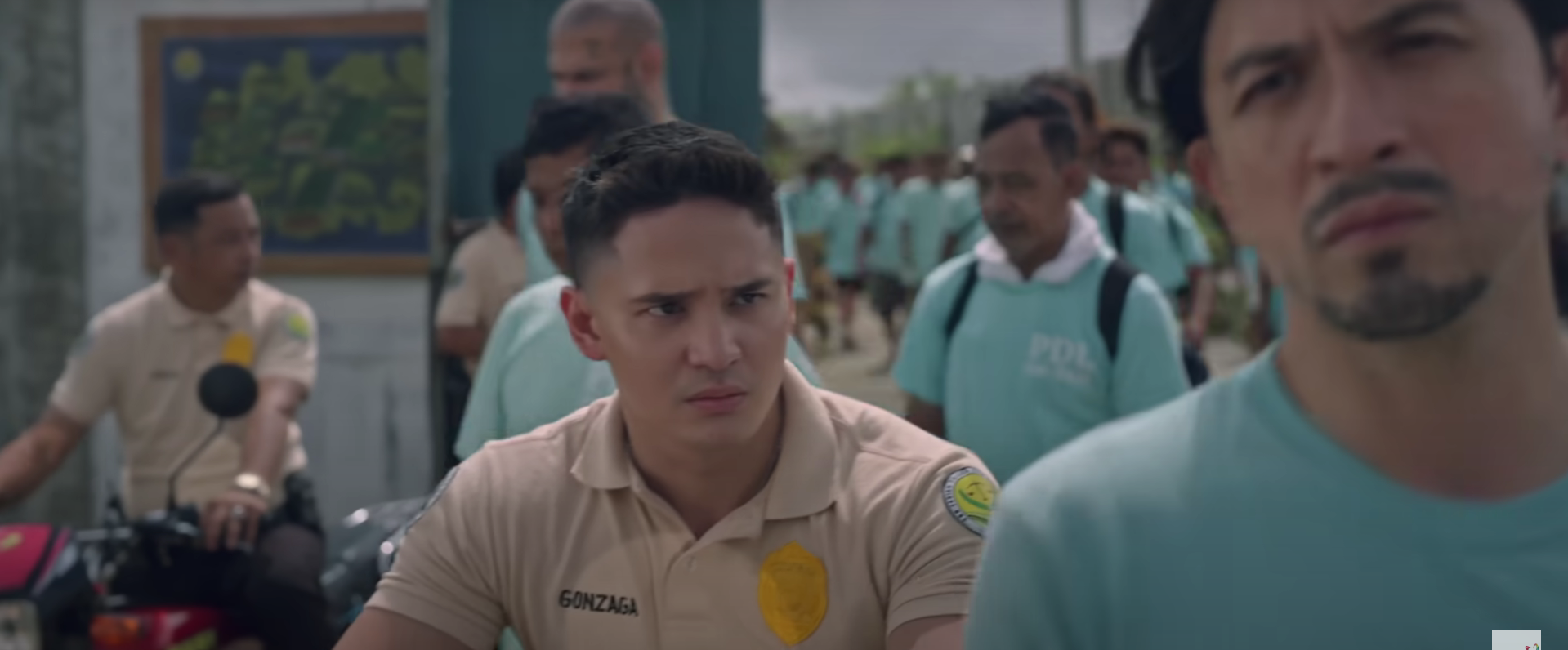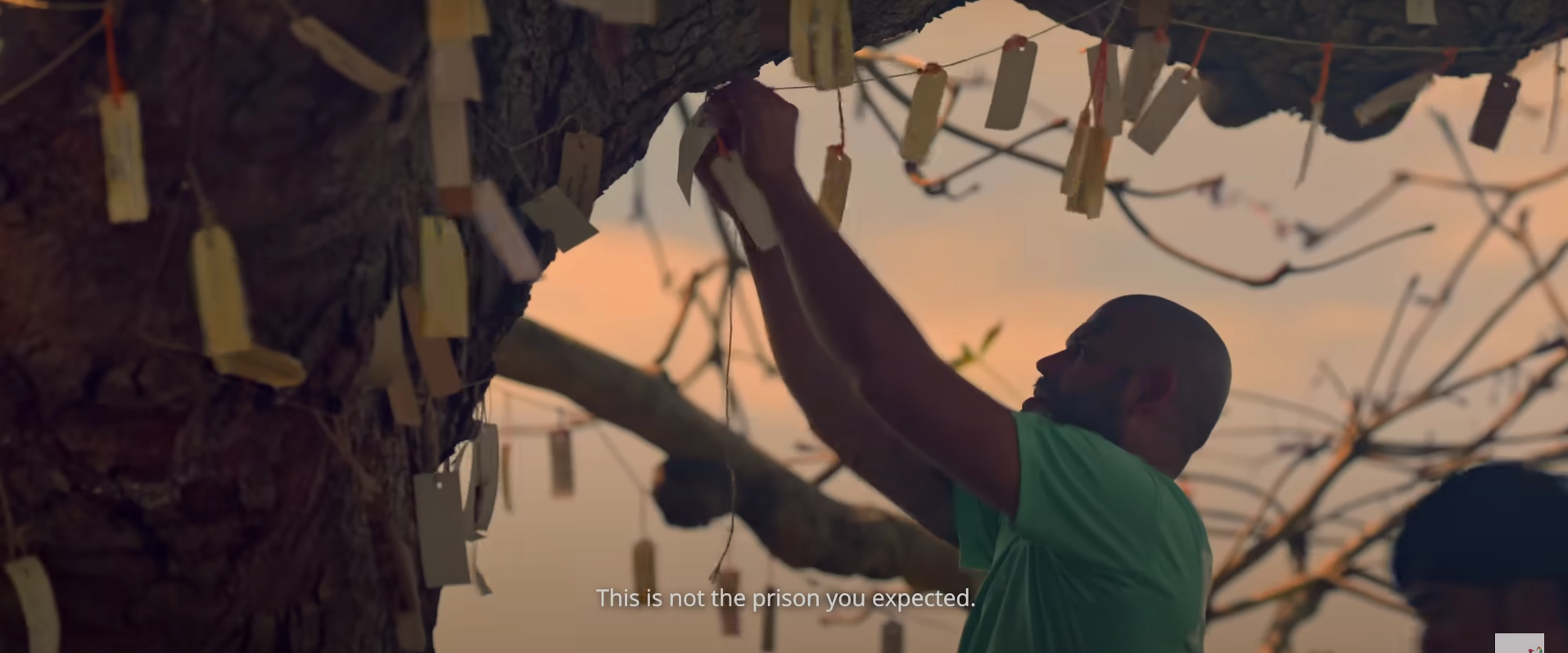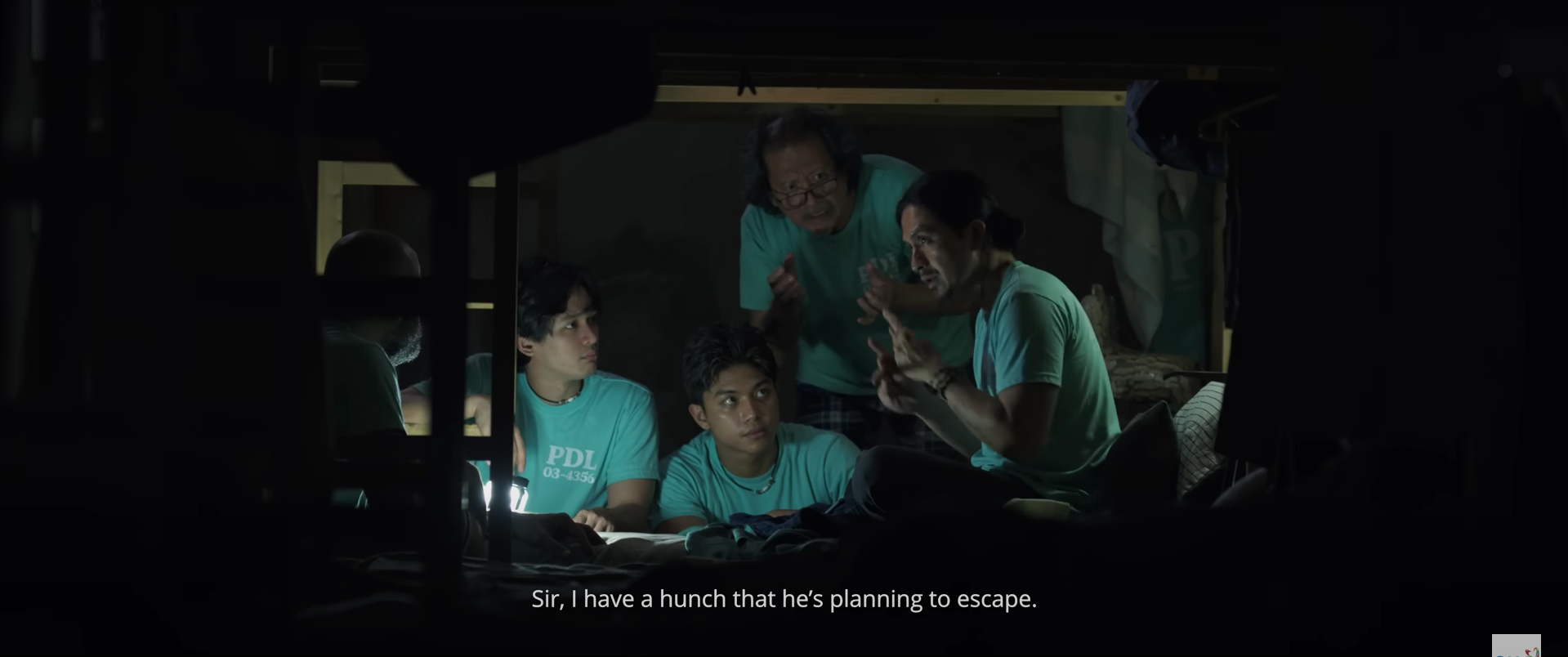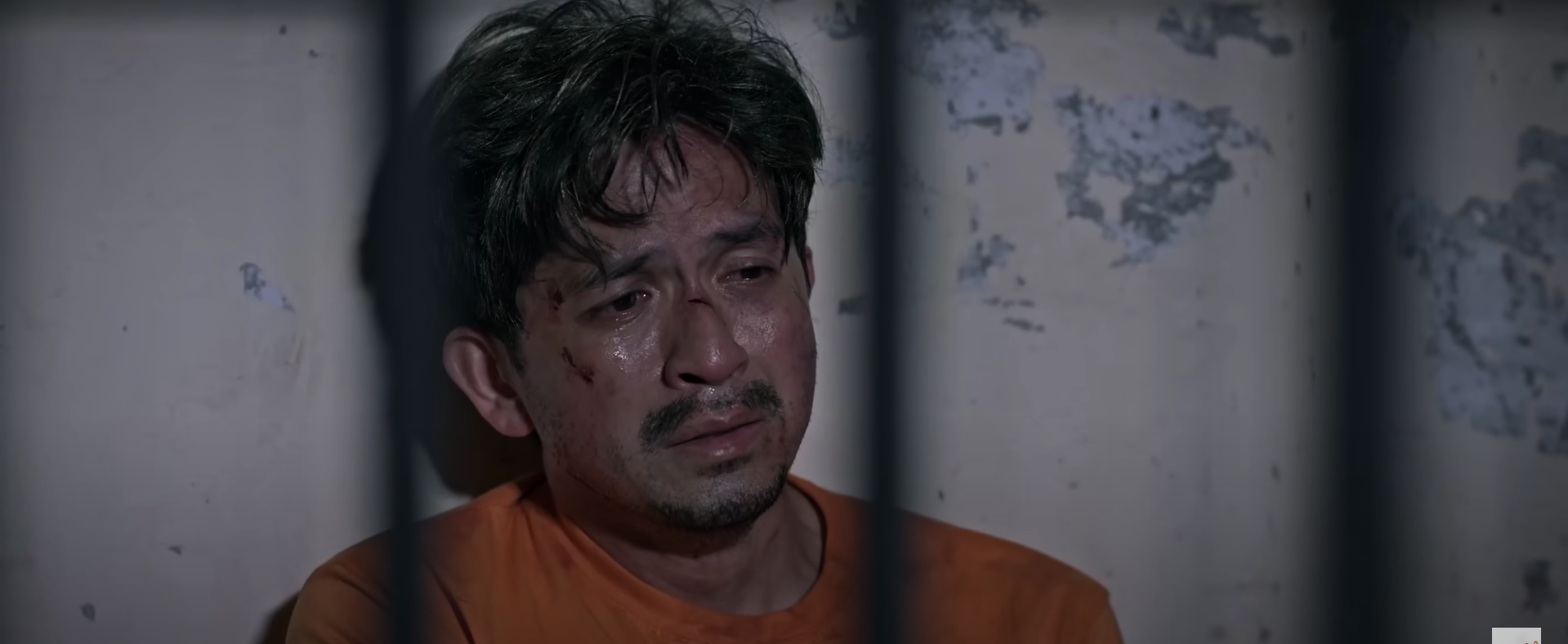WHEN EVERY word can and will be used against a person in court, there seems to be no place for any ounce of humanity between the parties involved.
Though there have been many Filipino films that attempted to tackle the shortcomings of the country’s justice system, Green Bones took on the difficult task of humanizing the supposed worst of the people under these systems, offering a perspective on the complexity of ending up and living as a convict.
Directed by award-winning filmmaker Zig Dulay, Green Bones takes a stand for victims of injustice and shows how writing can go beyond pages through the actors’ performances.
The film reaped a total of six plums in the 50th Metro Manila Film Festival (MMFF), including a best picture award, best cinematography for Neil Daza and best screenplay for Angeli Atienza and national artist Ricardo Lee. Dennis Trillo was awarded the best actor for his performance while Ruru Madrid and Sienna Stevens won best supporting actor and best child actor, respectively.
The film starts with Domingo Zamora (Dennis Trillo), referred to as “Saltik Dom (Crazy Dom),” being detained after being accused of murdering his sister and niece. During his arrest, Dom threatened spectators in sign language that he would return for vengeance, earning him his nickname. He is often seen performing the same gesture at night.

Dom is placed under the watch of guard Xavier Gonzaga (Ruru Madrid), who believes that he is also the one behind the death of his own sister. His perspective is put side by side with Dom’s as the second half of the story shifts its focus to him. On one side is Gonzaga’s, which is where the film begins its narration. Upon the second act of the film, the story flips to Dom’s perspective of everything that happened during the first act. Both perspectives converge in the final act when all the information is revealed to the characters and consequently, the viewers.
A recurring motif within the film is a big tree within the prison called the Tree of Hope. It is a tree where prisoners write and hang their wishes on its branches and hope they come true. The tree represents the prisoners’ humanity, as scenes exploring a prisoner’s character revolved around the tree.
To emphasize the sheer size of the tree, the cinematography focused on wide shots to turn the Tree of Hope into an imposing figure in every scene it is part of. Despite its dominating presence, it represented hope and a reminder of the convicts’ true characters beyond their tainted image.

Through these shots, Green Bones’ cinematography showcased its range in portraying different emotions. During a scene showing Gonzaga’s nightmare about his sister and Dom, the close-up shot and soundtrack worked together to shift the tone into a horror-like sequence. Yet, many conversations in the film were kept at a distance from the camera to further reinforce the narrative that the issues the film tackled are systemic and bigger than what was presented.
Xavier Gonzaga was Madrid’s first lead role in a movie. While Madrid offered a heart-wrenching performance, Gonzaga’s overall character felt incomplete. The film began the plotline with the murder of Gonzaga’s sister and the ongoing investigation into who the killer was. However, this was ultimately forgotten by the film and seemingly by the character himself. Halfway through the film, this case was never mentioned again, nor was it given a proper resolution.
Gonzaga, however, represented the people who fail to see prisoners as humans. This is portrayed by his inability to read and communicate in sign language–the primary way of communication for Dom and the other prisoners. Gonzaga’s inability to read sign language was a barrier that the film set up for him to overcome. This language barrier served as both a personal obstacle for Gonzaga and a narrative obstacle for the audience. The use of dramatic irony allowed the film to have the character and the viewer understand and empathize together.

The presentation of the film mirrors how people typically react towards prisoners through Gonzaga’s character. First with disgust and anger, then pity and then understanding. The film presents a dilemma on how prisons determine who to release on good conduct, remedying confusion with a vague “just get to know them” sentiment that the viewer is only able to dissect halfway through the film.
Dulay’s portrayal of convicts was a direct critique of the current state of the justice system and those who have fallen victim to the flaws such as the abuse of power that the film also portrayed. His characters represented the diversity among criminals, showing them as actual people beyond their inmate numbers. The audience is given their backstories and shown how they operated as a tight-knit group to survive within the prison. Dulay did not try to excuse the actions of the prisoners, nor did the characters themselves. The film presented their complexities to make the characters closer to being people than merely being reduced to statistics.

“Nyebe” by SB19 was used during some of the most emotionally devastating moments of the film, including the scenes of Dom taking care of his niece, Ruth. The song then becomes a motif that represents Dom’s story. “Nyebe” was released in 2022 and reflects on the helpless feeling of watching everything change and move on yet still finding hope within it.
Green Bones, at its core, seemed like a simple story. But through gut-wrenching performances from the actors, it allowed viewers to remind themselves of the country’s flawed bigger picture. Dom and the rest of the inmates are reminders of how these deep-rooted issues continuously strip every ounce of humanity away from those stuck in the unjust system. F



